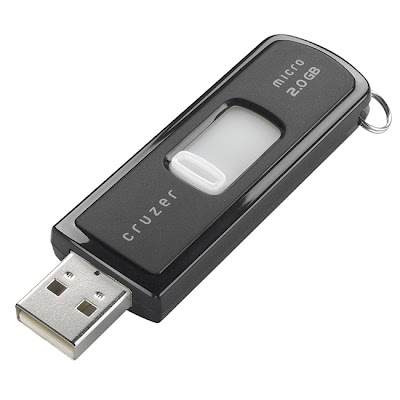
UEFI allows users to handle a storage device that is larger than 2TB, while the old legacy BIOS cannot handle so large d.BIOS – What’s the Differences and Which One Is Better”. Tip: If you want to know more details about UEFI vs BIOS, you can read this post “ UEFI vs. In a word, UEFI boasts more advanced features compared with BIOS.

This is because the UEFI mode breaks many limitations of BIOS mode, including the restrictions on the size of hard drive, booting process, number of partitions, and security. More and more users tend to boot their computer in UEFI mode. In recent years, UEFI boot mode seems to be the successor to the BIOS. With UEFI boot mode, your computer can initialize the hardware components and boot the OS stored on the hard disk. It serves as a “middleman” between your computer’s firmware and the operating system. UEFI (Unified Extensible Firmware Interface) is known as a motherboard firmware interface for computers. Why do so many people want to create a UEFI boot USB? In order to create a UEFI bootable USB successfully, it is necessary to figure out the following 2 questions first. It will provide you with detailed steps and clear screenshots. 28jbd2.What is UEFI boot mode? How to create a UEFI bootable USB? How do I boot from USB in UEFI mode? If you are also troubled by these questions, this post of MiniTool is what you need. More information on Ext4 and Journalling can be found here.

If you decide that you'd prefer to run without a journal, Ext4 can run with journalling disabled. I'd check with your flash disk manufacturer to see if it does.īecause this is a USB flash drive to be used for backup (and thus is removable), the journal offers benefits in ensuring that if something goes wrong during the transfer, a crash, or the drive gets disconnected, the journal will ensure that only fully committed blocks are marked as such. Update: It seems that some providers do apply wear levelling to their USB Flash Drives - Corsair does, at least. Ext4 Journals are validated by checksum which helps to ensure the integrity of the write, but does increase wear on the part of the drive containing the journal. This becomes a problem if you are running a live system on the USB device itself (and logging / frequently changing content), or if you have an area of disk that is constantly being written to (such as a Journal). The usual advice to disable journaling is to prevent excessive wear on the drive, the key point is what is 'excessive' - flash drives can safely write each sector only around 10,000 times. For what you've suggested, I would go with Ext4.Įxt4, like Ext2, will allow you to store files larger than 4GB in size.


 0 kommentar(er)
0 kommentar(er)
